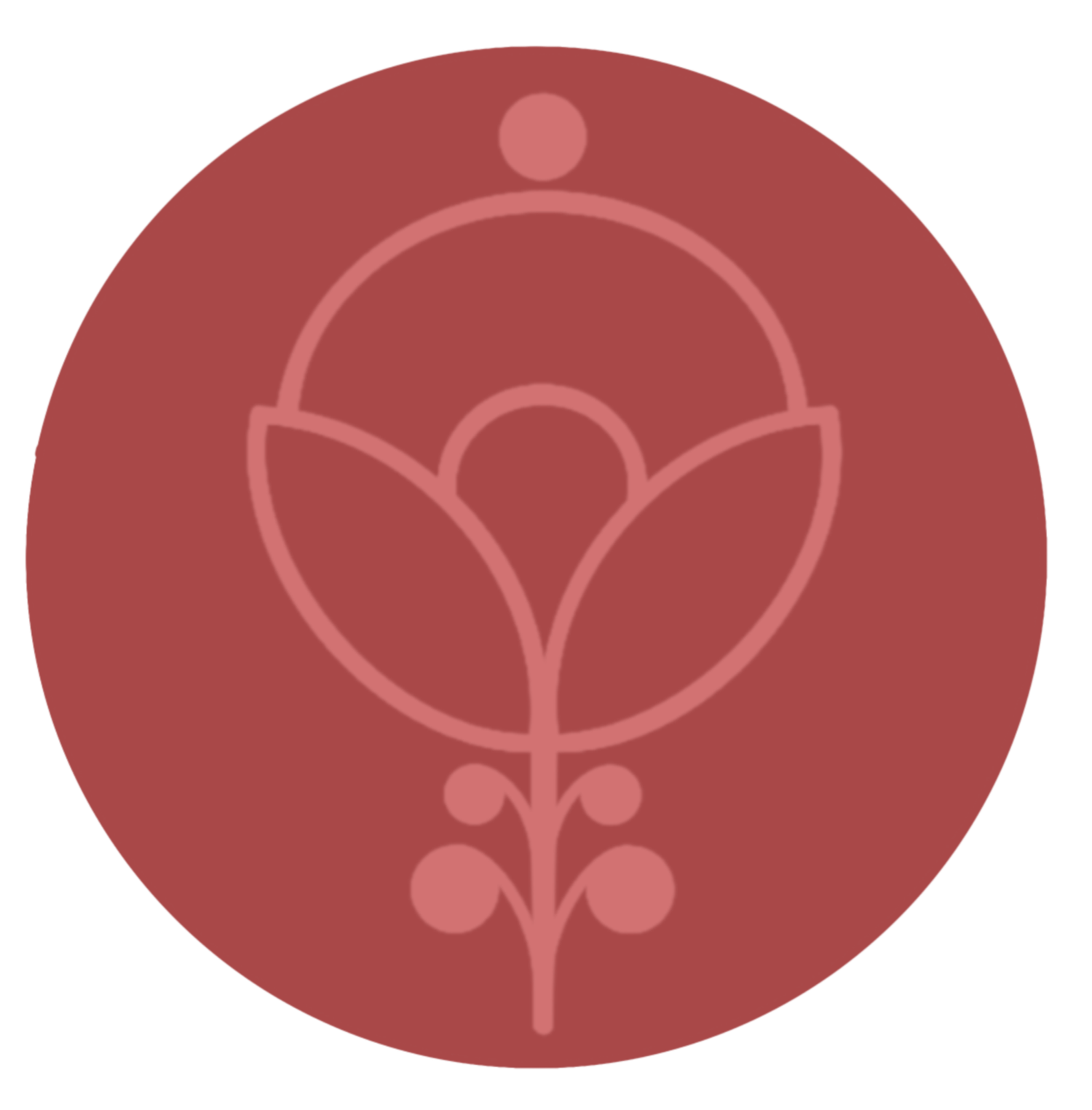Where is your fabric made?
Tawnshi Kiya matean ma famii! Some morning real-talk.
Where is your fabric made?
Right now more than ever, it is important to start asking questions about where the products we are buying are made. It's wonderful that so many Indigenous companies are supporting their communities through their designs and their beautiful creations. Which makes it so important right now for us to establish what we expect from the Indigenous art industry as a whole, involving where we choose to manufacture our products and which industries we are supporting by having our products made. You, as a consumer get to make these decisions just as much as we do as producers.
Unfortunately, most of the Indigenous printed products like masks, fabrics, coffee mugs and other home items including clothing are made and printed overseas while we here in Canada and the United States have vibrant and accessible textile and printing industries that we need to start taking advantage of and supporting. As Indigenous designers and makers, we can make the decision to choose sustainable. To choose local. And to choose to support our local industries who pay their workers and their designers fairly and legally, rather than sweatshops overseas where the majority of these products are made to provide them cheaply. How indigenous is that? We have to really start recognizing as a community where we are adopting very un-indigenous values and capitalist morality. We need to question the companies we sell our designs to. Are they making an ethical product? Are they indigenous-owned? Who really profits from the use of our cultures on products?
I understand that this makes some products more expensive, and it's one of the conversations that I get into when people question the price of my fabric. I design and make a product that is different from any other indigenous design fabric on the market right now. It is completely made, designed, printed and manufactured in Canada by a Canadian company, for that reason it's a little bit more expensive than what you buy in the fabric store or what you buy online for half the price. All the fabric is made with organic cotton produced in North America.
I spent a huge amount of time building a relationship with this company, so that I know that I am giving the best quality, and the best ethical product to my customers. It means that I make a little less. It means that my profit margins aren't high and then I have to struggle to keep my company as profitable as others, but it's 100% worth it as far as I'm concerned.
Few, if any, of the large companies selling Indigenous printed fabric have them made or printed in North America. They are all made and printed overseas to maximize profits, which is understandable, as that is the point of capitalism. But that doesn't make it right and it doesn't make it the most ethical.
It's your right as a consumer to ask companies where things are made. Make them accountable and if you are willing to pay a few dollars more for a product where you know the designer is getting paid fairly and that there wasn't any exploitation anywhere along the line to get that product to you. You can feel good about those few extra dollars. It's worth it.
Indigeneity doesn't always have to do with how connected you are to your community, or whether you speak your language or how Native you look. Sometimes showing your Indigeneity simply means making a decision that you know is right in your heart, even if it's hard.
Those ethics are more important than ever, especially in the Indigenous art industry. Sometimes it's as simple as spending a little bit more money than you were planning, to purchase a product or support companies that share your values. Indigeneity can mean that you make decisions that help to support connections in your community, and to choose differently from un-indigenous and capitalist morality.

